Most of the engineering problems are considered dynamic although we mainly focused on solving static problems analytically in undergraduate educations. However, the term of dynamic might be confusing sometimes for those who are interested in FE software solutions.
In engineering
What is Static Structural Analysis in Ansys?
A static structural analysis determines the displacements, stresses, strains, and forces in structures or components caused by loads that do not induce significant inertia and damping effects. Steady loading and response conditions are assumed; that is, the loads and the structure’s response are assumed to vary slowly with respect to time. A static structural load can be performed using the ANSYS, Samcef, or ABAQUS solver. The types of loading that can be applied in a static analysis include:
- Externally applied forces and pressures
- Steady-state inertial forces (such as gravity or rotational velocity)
- Imposed (nonzero) displacements
- Temperatures (for thermal strain)
In other words, these features are used more static loading conditions which
For instance, reactions on a chair when someone sit on it and stresses created by a bolt-nut pair on a fork connection can be considered one of the best examples for static structural problems.
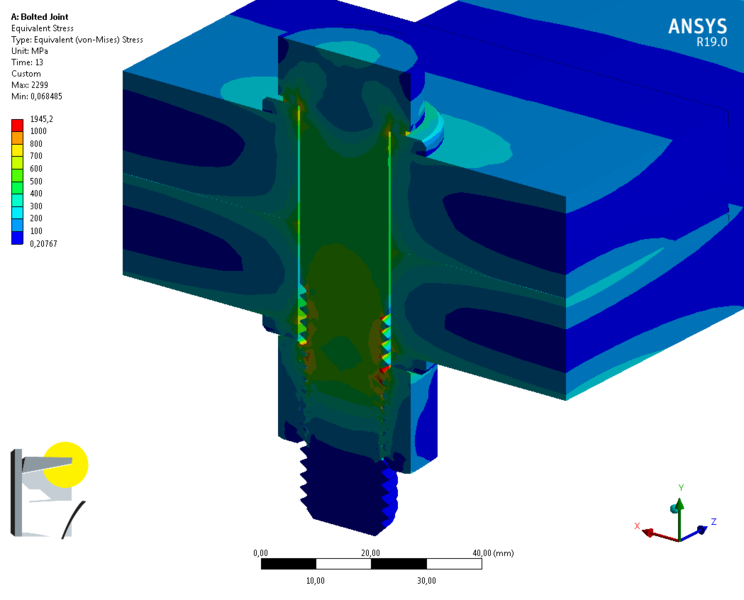

What is the difference in Transient Analysis?
Transient Analysis can be Thermal or Structural. A transient analysis, by definition, involves loads that are a function of time.
You can perform a transient structural analysis (also called time-history analysis) in the Mechanical application using the transient structural analysis that specifically uses the ANSYS Mechanical APDL solver. This type of analysis is used to determine the dynamic response of a structure under the action of any general time-dependent loads. You can use it to determine the time-varying displacements, strains, stresses, and forces in a structure as it responds to any transient loads. The time scale of the loading is such that the inertia or damping effects are considered to be important. If the inertia and damping effects are not important, you might be able to use a static analysis instead.
A transient thermal analysis follows basically the same procedures as a steady-state thermal analysis. The main difference is that most applied loads in a transient analysis are functions of time. To specify time-dependent loads, you first divide the load-versus-time curve into load steps. Each “corner” on the load-time curve can be one load step, as shown in the following sketches.
Walking on a bridge can be shown a nice example for transient structural analysis. Because the loading conditions change over the time and location.
Also the video below shows how the temperature profile in heated room changes. Here the heat flows from the heater on right side of the room @ 600 C. The starting ambient temperature @22 C. The heat in room is gained through heater, while the room looses heat by conduction through the walls. Temperature changes are for winter where the other side of wall is @ -5 C




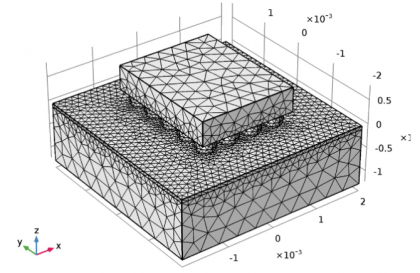
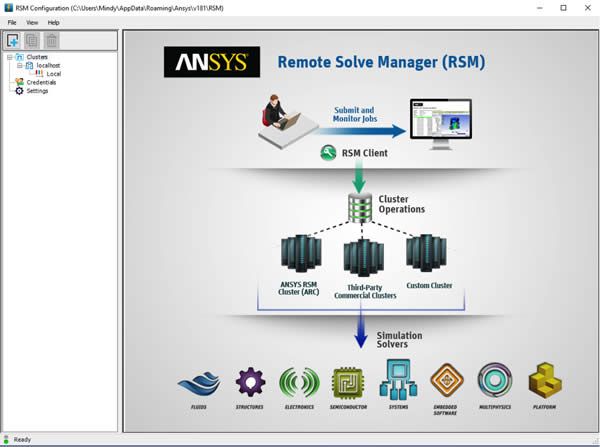
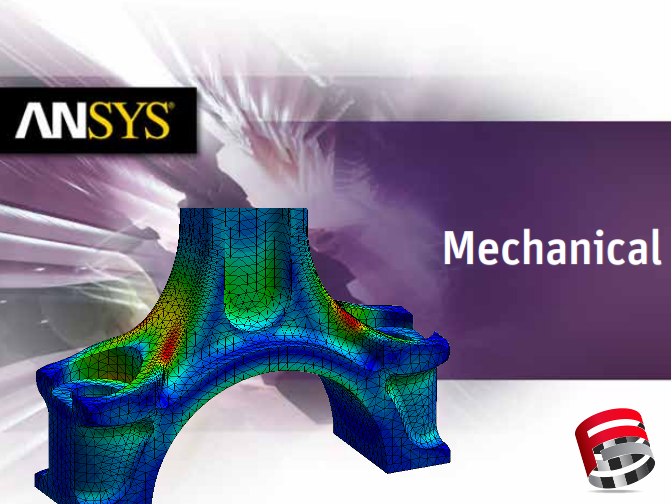

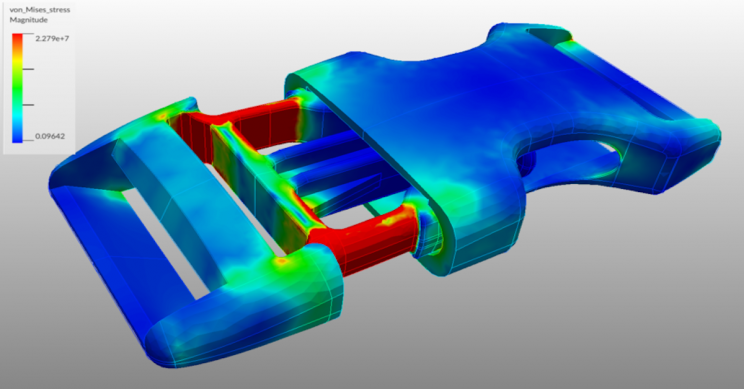
saurahb
thank you sir, i want little more discuss about ansys and other FEA software.
i would hope for your help.
saur.gm@gmail.com
i am from India and here support for ansys is no, and there is no professional trianer of ansys so internet is my last hope , i need very little guide .
Who Cares
Things like this , which clears your basic things are important. I appreciate your work.